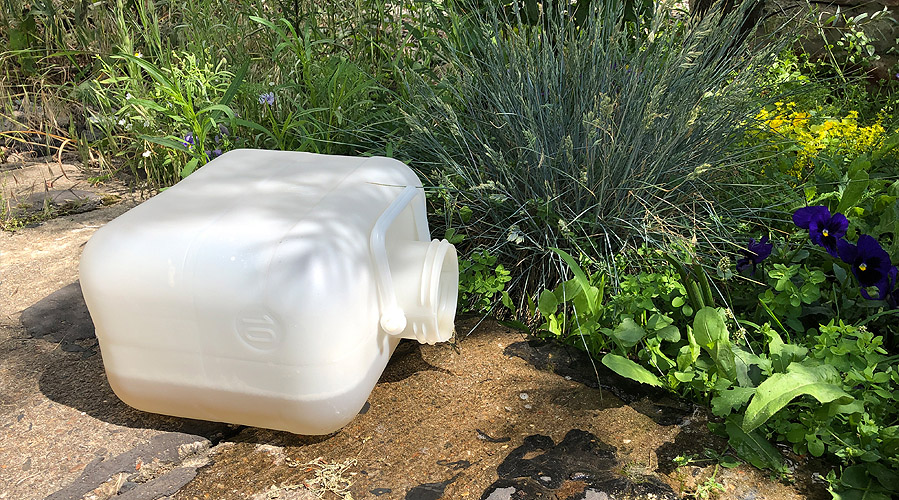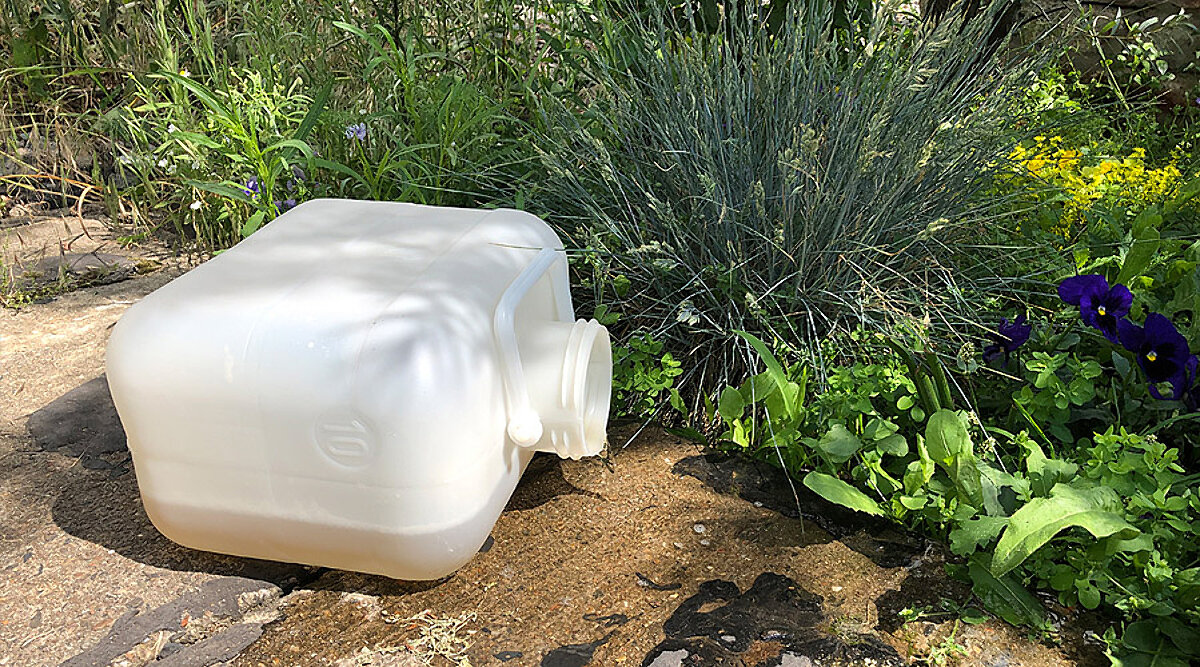
Use of urine in the garden
Get the most out of your liquid gold
Some may feel a bit queasy while reading this blog post, because using urine or composting urine is still fraught with a certain disgust factor. We think: quite wrong!
Assuming that each person produces 1.5 to 2 liters of urine a day and 200 to 400 millilitres are excreted during each bladder emptying, that is an average of 550 to 600 liters of urine a year. And this amount of useful raw material is disposed of together with tons of water. This is a shame because urine is incredibly rich in nitrogen, magnesium, phosphate, potassium and calcium. If you want to know more, take a look at our Kild-Wiki.
All these substances guarantee optimal plant growth. If you make a direct comparison between artificially produced liquid fertilizer and urine, then the industrially produced fertilizer is the loser. By nature, human urine is so rich in important ingredients that its senseless disposal in the toilet is sad enough.
If you want to sprint into your garden to piss on your spinach, we’ll have to put a stop sign in front of you. Because there are still some important points for you to consider in connection with fertilization with urine.
Points to consider…
dilution
Urine should never be used undiluted as a fertilizer because it is too concentrated in pure form and would harm the plants. The only exception: the lawn. Here urine can also be used undiluted during fertilization, but only a max. Of 1 to 2 liters per square meter and year. And beware: some plants do not like urine at all!
Dilution should be done at 1: 8, 1:10 or 1:20 depending on the application. So 1 part urine to 8 parts water, etc. Apply the liquid using a conventional sprayer. But this should not be done in intense sunshine, strong wind, rain or very soaked soils. And do not worry: due to the water dilution the urine does not smell at all.
Interestingly, there are some plants that do not like urine as a fertilizer. That's easy to justify. Not only does urine contain great supplements, it also contains salt (sodium chloride) that some plants are sensitive to. How high the salt content is depends on, among other things, the diet of each person.
Young plants (seedlings), ferns, azaleas, orchids and bromeliads should never be fertilized with urine. Somewhat less sensitive are lettuce, radishes, primroses and begonias, but also almost all types of fruit. Peas, tomatoes and cucumbers tolerate the urine fertilizer well. Cabbage plants and spinach, as well as geraniums and cloves, are insensitive to the use of urine.
In principle, however, fertilization of freshly consumable fruits or vegetables - salads, strawberries, herbs, etc. - should be avoided.
Hormones and medicines
Drug treatments lead to substances being deposited in the urine. This also applies to the intake of birth control pills. Contaminated urine should under no circumstances be used as fertilizer.
Bacteria, germs and viruses
In principle, urine is hygienically safe. However, as it flows through the urethra, it is also enriched with bacteria. For those who want to play it safe, before using urine as a liquid fertilizer, which hygienizes the accrued urine. This is not very expensive: the urine only needs to be stored for several weeks. Tests have shown that a six-month storage period at 20 degrees is sufficient for obtaining hygienically safe urine.
If you live in a water protection area, then please inform your local authorities in advance to find out if fertilization with urine is allowed in your area.








